Photo courtesy Herb Moseley
 Courtesy Lt Joe Key
Courtesy Lt Joe Key
Kuhn Rappell Training Tie Off Cover with Long Gun
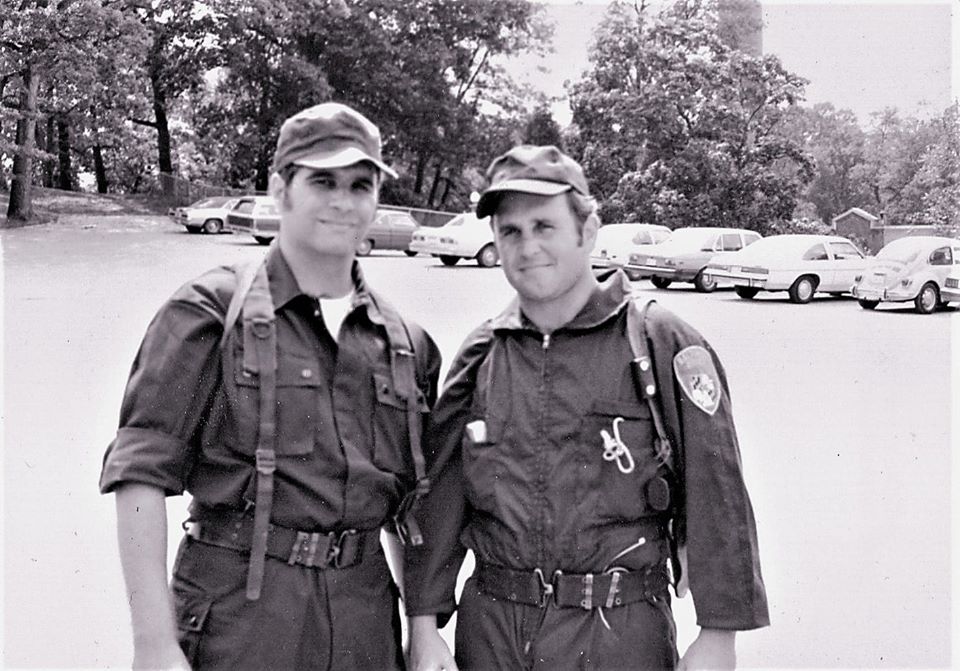 Agt DeManss & Agt Schillo
Agt DeManss & Agt Schillo
 Courtesy Lt Joe Key
Courtesy Lt Joe Key
Photo Certification
 Courtesy Lt Joe Key
Courtesy Lt Joe Key
Schmidt, Taylor, Gilbart, Thomas, Williams, Ellis, Wocjik, Rose
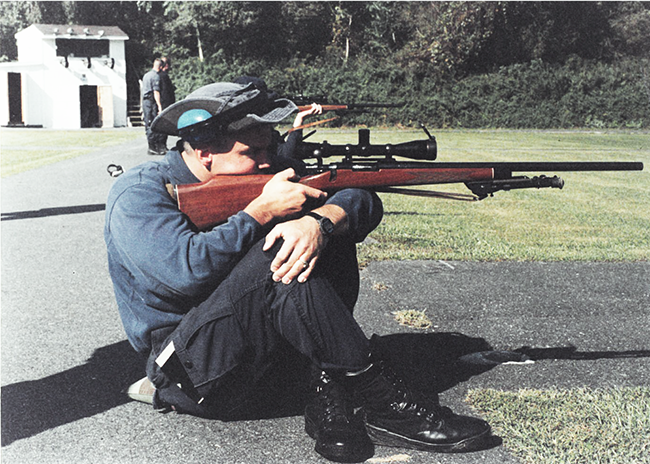 Courtesy Lt Joe Key
Courtesy Lt Joe Key
Sniper Training
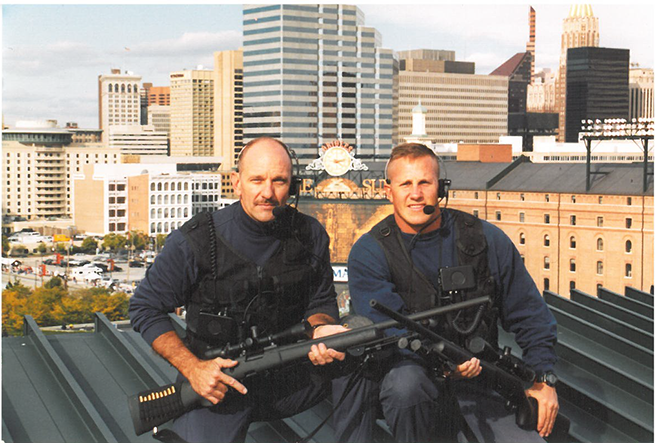 Courtesy Lt Joe Key
Courtesy Lt Joe Key
Steve Woody at Camden Yards

Paul Renaud, Brad Thomas, Mark Janicki, Guy Thacker, and Chris Timms

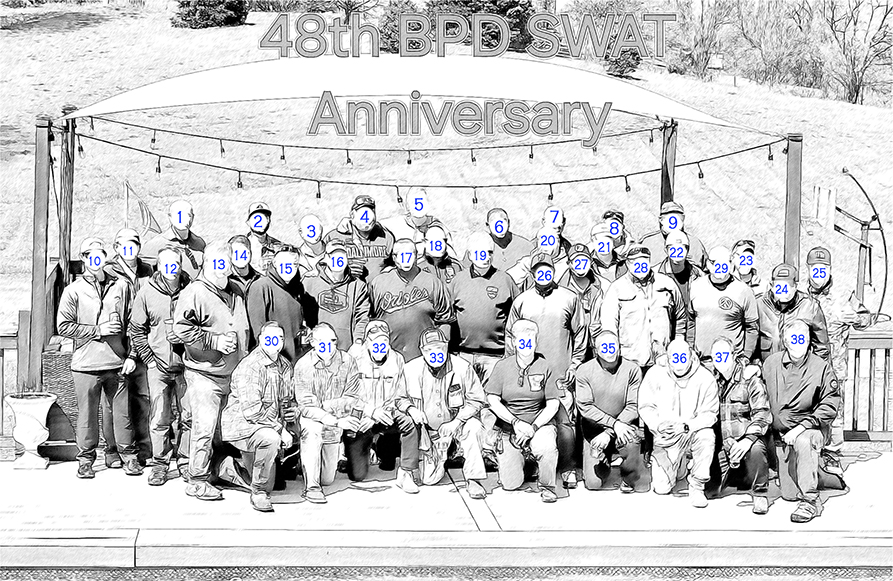
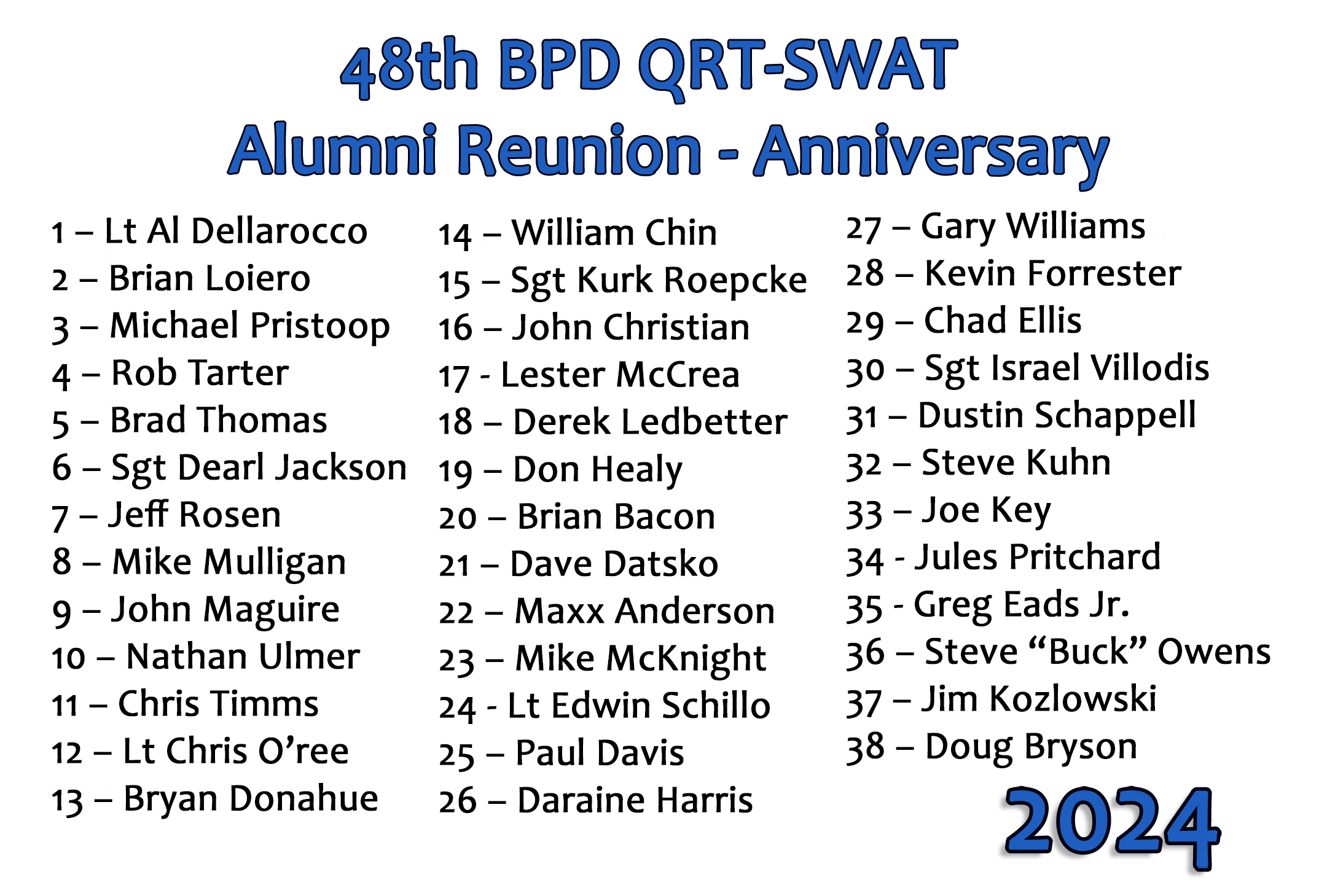
SWAT ("Special Weapons And Tactics") is a commonly-used proper name for law enforcement units, which use military-style light weapons and specialized tactics in high-risk operations that fall outside of the abilities of regular, uniformed police. "SWAT" is commonly-used internationally, as a colloquial, generic term for these units.
Their duties include: confronting heavily-armed criminals; performing hostage rescue and counter-terrorism operations; high-risk arrests and; entering armored or barricaded buildings. Such units are often equipped with specialized firearms including sub-machine guns, assault rifles, breaching shotguns, riot control agents, stun grenades, and sniper rifles. They have specialized equipment including heavy body armor, ballistic shields, entry tools, armored vehicles, advanced night vision optics, and motion detectors for covertly determining the positions of hostages or hostage takers, inside enclosed structures.
History
Some sources state that the first use of "SWAT" as an acronym for "Special Weapons and Tactics" was the Special Weapons and Tactics Squad established by the Philadelphia Police Department in 1964. A more prominent early SWAT team was established in the Los Angeles Police Department in 1967, by Inspector Daryl Gates. After that, many United States law enforcement organizations, especially the police departments of major cities, as well as federal and state agencies, established their own elite units under various names. Gates explained in his autobiography Chief: My Life in the LAPD that he neither developed SWAT tactics nor the associated and often distinctive equipment; but that he supported the underlying concept, tried to empower his people to develop it, and generally lent them moral support. Gates originally named the platoon "Special Weapons Assault Team"; however, his name was not generally favored and was rejected by his manager, deputy police chief Ed Davis, as sounding too much like a military organization. Wanting to keep the acronym "SWAT", Gates changed its expanded form to "Special Weapons And Tactics".
While the public image of SWAT first became known through the LAPD, perhaps because of its proximity to the mass media and the size and professionalism of the Department itself, the first SWAT-type operations were conducted north of Los Angeles in the farming  community of Delano, California on the border between Kern and Tulare Counties in the San Joaquin Valley. At the time, César Chavez' United Farm Workers union was staging numerous protests in Delano, both at cold storage facilities and outside non-supportive farm workers' homes on city streets. The Delano Police Department responded by forming ad-hoc units using special weapons and tactics. Television news stations and print media carried live and delayed reportage of these events across the United States. Personnel from the LAPD, having seen these broadcasts, contacted Delano and inquired about the program. One officer then obtained permission to observe the Delano Police Department's special weapons and tactics units in action and afterward took what he had learned back to Los Angeles where his knowledge was used and expanded on to form the LAPD's own first SWAT unit. John Nelson was the officer who conceived the idea to form a specially trained and equipped unit in the LAPD, intended to respond to and manage critical situations involving shootings while minimizing police casualties. Inspector Gates approved this idea, and he formed a small select group of volunteer officers. This first SWAT unit initially consisted of fifteen teams of four men each, making a total staff of sixty. These officers were given special status and benefits and were required to attend special monthly training sessions. The unit also served as a security unit for police facilities during civil unrest. The LAPD SWAT units were organized as "D Platoon" in the Metro division.
community of Delano, California on the border between Kern and Tulare Counties in the San Joaquin Valley. At the time, César Chavez' United Farm Workers union was staging numerous protests in Delano, both at cold storage facilities and outside non-supportive farm workers' homes on city streets. The Delano Police Department responded by forming ad-hoc units using special weapons and tactics. Television news stations and print media carried live and delayed reportage of these events across the United States. Personnel from the LAPD, having seen these broadcasts, contacted Delano and inquired about the program. One officer then obtained permission to observe the Delano Police Department's special weapons and tactics units in action and afterward took what he had learned back to Los Angeles where his knowledge was used and expanded on to form the LAPD's own first SWAT unit. John Nelson was the officer who conceived the idea to form a specially trained and equipped unit in the LAPD, intended to respond to and manage critical situations involving shootings while minimizing police casualties. Inspector Gates approved this idea, and he formed a small select group of volunteer officers. This first SWAT unit initially consisted of fifteen teams of four men each, making a total staff of sixty. These officers were given special status and benefits and were required to attend special monthly training sessions. The unit also served as a security unit for police facilities during civil unrest. The LAPD SWAT units were organized as "D Platoon" in the Metro division.
Members of the San Bernardino Police Department SWAT team on September 23, 1998.
Members of the U.S. Air Force 60th Security Forces Squadron SWAT team, Travis Air Force Base, California, practice hostage rescue on July 18, 1995.
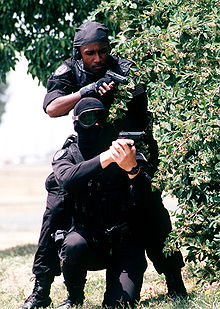
The first significant deployment of LAPD's SWAT unit was on December 9, 1969, in a four-hour confrontation with members of the Black Panthers. The Panthers eventually surrendered, with three Panthers and three officers being injured. By 1974, there was a general acceptance of SWAT as a resource for the city and county of Los Angeles.
On the afternoon of May 17, 1974, elements of the Symbionese Liberation Army (SLA), a group of heavily-armed left-wing guerrillas, barricaded themselves in a residence on East 54th Street at Compton Avenue in Los Angeles. Coverage of the siege was broadcast to millions via television and radio and featured in the world press for days after. Negotiations were opened with the barricaded suspects on numerous occasions, both prior to and after the introduction of tear gas. Police units did not fire until the SLA had fired several volleys of semi-automatic and automatic gunfire at them. In spite of the 3,771 rounds fired by the SLA, no uninvolved citizens or police officers sustained injury from gunfire. However, all the gunmen inside were killed.
During the gun battle, a fire erupted inside the residence. The cause of the fire is officially unknown, although police sources speculated that an errant round ignited one of the suspects' Molotov cocktails. Others suspect that the repeated use of tear gas grenades, which function by burning chemicals at high temperatures, started the structure fire. All six of the suspects suffered multiple gunshot wounds or perished in the ensuing blaze.
U.S. Air Force 37th Training Wing's Emergency Services Team use a team lift technique to enter a target building during training at Lackland Air Force Base, Texas on April 24, 2007.
By the time of the SLA shoot-out, SWAT teams had reorganized into six 10-man teams, each team consisting of two five-man units, called elements. An element consisted of an element leader, two assaulters, a scout, and a rear-guard. The normal complement of weapons was a sniper rifle (a .243-caliber bolt-action, based on the ordnance expended by officers at the shootout), two .223-caliber semi-automatic rifles, and two shotguns. SWAT officers also carried their service revolvers in shoulder holsters. Standard gear included a first aid kit, gloves, and a gas mask. At a time when officers were usually issued six-shot revolvers and shotguns, it was a significant change to have police armed with semi-automatic rifles. The encounter with the heavily-armed Symbionese Liberation Army, however, sparked a trend towards SWAT teams being issued body armor and automatic weapons of various types.
A report issued by the Los Angeles Police Department, following a shootout with the Symbionese Liberation A  rmy in 1974, offers one of the few firsthand accounts by the department regarding SWAT history, operations, and organization. On page 100 of the report, the Department cites four trends which prompted the development of SWAT. These included riots such as the Watts Riots, which in the 1960s forced the LAPD and other police departments into tactical situations for which they were ill-prepared; the emergence of snipers as a challenge to civil order; political assassinations; and the threat of urban guerrilla warfare by militant groups. "The unpredictability of the sniper and his anticipation of normal police response increase the chances of death or injury to officers. To commit conventionally trained officers to a confrontation with a guerrilla-trained militant group would likely result in a high number of casualties among the officers and the escape of the guerrillas." To deal with these under conditions of urban violence, the LAPD formed SWAT, notes the report.The report states on page 109, "The purpose of SWAT is to provide protection, support, security, firepower, and rescue to police operations in high personal risk situations where specialized tactics are necessary to minimize casualties."
rmy in 1974, offers one of the few firsthand accounts by the department regarding SWAT history, operations, and organization. On page 100 of the report, the Department cites four trends which prompted the development of SWAT. These included riots such as the Watts Riots, which in the 1960s forced the LAPD and other police departments into tactical situations for which they were ill-prepared; the emergence of snipers as a challenge to civil order; political assassinations; and the threat of urban guerrilla warfare by militant groups. "The unpredictability of the sniper and his anticipation of normal police response increase the chances of death or injury to officers. To commit conventionally trained officers to a confrontation with a guerrilla-trained militant group would likely result in a high number of casualties among the officers and the escape of the guerrillas." To deal with these under conditions of urban violence, the LAPD formed SWAT, notes the report.The report states on page 109, "The purpose of SWAT is to provide protection, support, security, firepower, and rescue to police operations in high personal risk situations where specialized tactics are necessary to minimize casualties."
The Columbine High School massacre in Colorado on April 20, 1999, was another seminal event in SWAT tactics and police response. As noted in an article in the Christian Science Monitor, "Instead of being taught to wait for the SWAT team to arrive, street officers are receiving the training and weaponry to take immediate action during incidents that clearly involve suspects' use of deadly force." The article further reported that street officers were increasingly being armed with rifles, and issued heavy body armor and ballistic helmets, items traditionally associated with SWAT units. The idea is to train and equip street officers to make a rapid response to so-called active-shooter situations. In these situations, it was no longer acceptable to simply set up a perimeter and wait for SWAT. As an example, in the policy and procedure manual of the Minneapolis Police Department, it is stated, "MPD personnel shall remain cognizant of the fact that in many active shooter incidents, innocent lives are lost within the first few minutes of the incident. In some situations, this dictates the need to rapidly assess the situation and act quickly in order to save lives."
On February 7, 2008, a siege and subsequent firefight with a gunman in Winnetka, California led to the first line-of-duty death of a member of the LAPD's SWAT team in its 41 years of existence.
SWAT duties
SWAT duties may include:
Hostage rescue
Riot control
Perimeter security against snipers for visiting dignitaries
Providing superior assault firepower in certain situations e.g. barricaded suspects
Rescuing officers or citizens endangered by gunfire
Counter-terrorist operations
Resolving high-risk situations with a minimum loss of life, injury, or property damage
Resolving situations involving barricaded subjects
Stabilizing situations involving high-risk suicidal subjects
Providing assistance on arrest warrants and search warrants
Providing additional security at special events
Special Training
Organization
 The relative infrequency of SWAT call-outs means these expensively-trained and equipped officers cannot be left to sit around, waiting for an emergency. In many departments, the officers are normally deployed to regular duties but are available for SWAT calls via pagers, mobile phones or radio transceivers. Even in the larger police agencies, such as the Los Angeles PD, SWAT personnel would normally be seen in crime suppression roles—specialized and more dangerous than regular patrol, perhaps, but the officers would not be carrying their distinctive armor and weapons.
The relative infrequency of SWAT call-outs means these expensively-trained and equipped officers cannot be left to sit around, waiting for an emergency. In many departments, the officers are normally deployed to regular duties but are available for SWAT calls via pagers, mobile phones or radio transceivers. Even in the larger police agencies, such as the Los Angeles PD, SWAT personnel would normally be seen in crime suppression roles—specialized and more dangerous than regular patrol, perhaps, but the officers would not be carrying their distinctive armor and weapons.
Although due to Officers having to be on call-out most of the day, they may be assigned to regular patrol. To decrease response times to serious situations that need the direct attention of SWAT Officers, it is now a widely used method to place SWAT equipment and weaponry in secured lockers in the trunks of specialized police cruisers. Such departments that need to use this are Sheriffs due to the size of the counties and places like Los Angeles traffic may be high so LAPD use cruisers to respond with their Officers so they do not have to return to the police building. Although for heavier duty equipment they may need depending on the situation that arises.
By illustration, the LAPD's website shows that in 2003, their SWAT units were activated 255 times, for 133 SWAT calls and 122 times to serve high-risk warrants.
The New York Police Department's Emergency Service Unit is one of the few civilian police special-response units that operate autonomously 24 hours a day. However, this unit also provides a wide range of services, including search and rescue functions, and vehicle extraction, normally handled by fire departments or other agencies.
The need to summon widely-dispersed personnel, then equip and brief them, makes for a long lag between the initial emergency and actual SWAT deployment on the ground. The problems of delayed police response at the 1999 Columbine High School shooting has led to changes in police response, mainly rapid deployment of line officers to deal with an active shooter, rather than setting up a perimeter and waiting for SWAT to arrive.
Training
SW  AT officers are selected from volunteers within their law enforcement organization. Depending on their department's policy, officers generally must serve a minimum tenure within the department before being able to apply for a specialist section such as SWAT. This tenure requirement is based on the fact that SWAT officers are still law enforcement officers and must have a thorough knowledge of department policies and procedures.
AT officers are selected from volunteers within their law enforcement organization. Depending on their department's policy, officers generally must serve a minimum tenure within the department before being able to apply for a specialist section such as SWAT. This tenure requirement is based on the fact that SWAT officers are still law enforcement officers and must have a thorough knowledge of department policies and procedures.
SWAT applicants undergo rigorous selection and training. Applicants must pass stringent physical agility, written, oral, and psychological testing to ensure they are not only fit enough but also psychologically suited for tactical operations.
Emphasis is placed on physical fitness so an officer will be able to withstand the rigors of tactical operations. After an officer has been selected, the potential member must undertake and pass numerous specialist courses that will make him a fully qualified SWAT operator. Officers are trained in marksmanship for the development of accurate shooting skills. Other training that could be given to potential members includes training in explosives, sniper-training, defensive tactics, first-aid, negotiation, handling K9 units, rappelling and roping techniques and the use of specialized weapons and equipment. They may also be trained specifically in the handling and use of special ammunition such as bean bags, flash-bang grenades, tasers, and the use of crowd control methods, and special non-lethal munitions. Of primary importance is close-quarters defensive tactics training, as this will be the primary mission upon becoming a full-time SWAT officer.
SWAT equipment
SWAT teams use equipment designed for a variety of specialist situations including close quarters combat (CQC) in an urban environment. The particular pieces of equipment vary from unit to unit, but there are some consistent trends in what they wear and use.
Weapons
While a wide variety of weapons are used by SWAT teams, the most common weapons include submachine guns, assault rifles, shotguns, and sniper rifles.
Tactical aids include K9 Units, as well as a flashbang, stinger, and tear gas grenades.
Semi-automatic pistols are the most popular sidearms. Examples may include, but are not limited to: M1911 pistol series, Sig Sauer series (especially the Sig P226 and Sig P229), Beretta 92 series, Glock pistols, H&K USP series, and 5.7x28mm FN Five-seveN pistol.
Common submachine guns used by SWAT teams include the 9 mm and 10 mm Heckler & Koch MP5, Heckler & Koch UMP, and 5.7x28mm FN P90.
Common shotguns used by SWAT units include the Benelli M1, Benelli M4, Benelli M1014, Remington 870 and 1100, Mossberg 500 and 590.
Common carbines include the Colt CAR-15 and M4 and Heckler & Koch G36 and HK416. While affording SWAT teams increased penetration and accuracy at longer ranges, the compact size of these weapons is essential as SWAT units frequently operate in Close quarters combat (CQB) environments. The Colt M16A2 can be found used by marksmen or SWAT officers when a longer ranged weapon is needed.
Common sniper rifles used are the M14 rifle and the Remington 700P. Many different variants of bolt action rifles are used by SWAT, including limited use of .50 caliber sniper rifles for more intense situations.
To breach doors quickly, battering rams, shotguns with breaching rounds, or explosive charges can be used to break the lock or hinges, or even demolish the door frame itself. SWAT teams also use many non-lethal munitions and weapons. These include Tasers, pepper spray canisters, shotguns loaded with bean bag rounds, Pepperball guns, stinger grenades, flashbang grenades, and tear gas. Ballistic shields are used in close quarters situations to provide cover for SWAT team members and reflect gunfire. Pepperball guns are essentially paintball markers loaded with balls containing Oleoresin Capsicum ("pepper spray").
Vehicles

Lenco BearCat owned by the Lee County Sheriff's Office (Florida) SWAT team
SWAT units may also employ ARVs, (Armored Rescue Vehicle) for insertion, maneuvering, or during tactical operations such as the rescue of civilians/officers pinned down by gunfire. Helicopters may be used to provide aerial reconnaissance or even insertion via rappelling or fast-roping. To avoid detection by suspects during insertion in urban environments, SWAT units may also use modified buses, vans, trucks, or other seemingly normal vehicles. During the 1997 North Hollywood shootout, LAPD SWAT commandeered an armored cash-delivery truck, which they used to extract wounded civilians and officers from the raging battle scene.
Units such as the Ohio State Highway Patrol's Special Response Team (SRT) used a vehicle called a B.E.A.R., made by Lenco Engineering which is a very large armored vehicle with a ladder on top to make entry into the second and third floors of buildings. Numerous other agencies such as the LAPD, LASD, and NYPD use both the B.E.A.R. and the smaller Lenco BearCat variant. Anaheim Police Department has a customized B.E.A.R. fitted with a ladder for assaulting multi-story buildings. Many SWAT teams in the states and around the world, including the LAPD, fit their armored and non-armored vehicles with the Patriot3 Liberator and 'MARS' (Mobile Adjustable Ramp System) Elevated Tactics Systems for gaining entry to 2nd and 3rd story buildings, airplane assault, sniper positioning, ship access, etc.
The Tulsa Police Department's SOT (Special Operations Team) uses an Alvis Saracen, a British-built armored personnel carrier. The Saracen was modified to accommodate the needs of the SOT. A Night Sun was mounted on top and a ram was mounted to the front. The Saracen has been used from warrant service to emergency response. It has enabled team members to move from one point to another safely.
The police departments of Killeen and Austin, Texas and Washington, D.C. use the Cadillac Gage Ranger, as does the Florida Highway Patrol.
Criticism
The use of SWAT teams in non-emergency situations has been criticized. Radley Balko, a policy analyst at the Cato Institute, authored Overkill: The Rise of Paramilitary Police Raids in America.
Other studies include Warrior Cops: The Ominous Growth of Paramilitarism in American Police Departments by Diane Cecilia Weber from the same institute and Militarizing American Police: The Rise and Normalization of Paramilitary Units by Dr. Peter Kraska and his colleague Victor Kappeler, professors of criminal justice at Eastern Kentucky University, who surveyed police departments nationwide and found that their deployment of paramilitary units had grown tenfold since the early 1980s.
For our latest information on QRT-SWAT with information on Lombard and Carey Streets, click HERE
For More Information On The History Of QRT / SWAT - click HERE


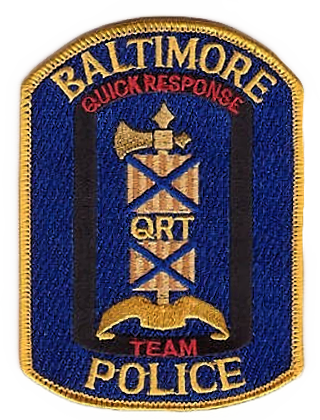
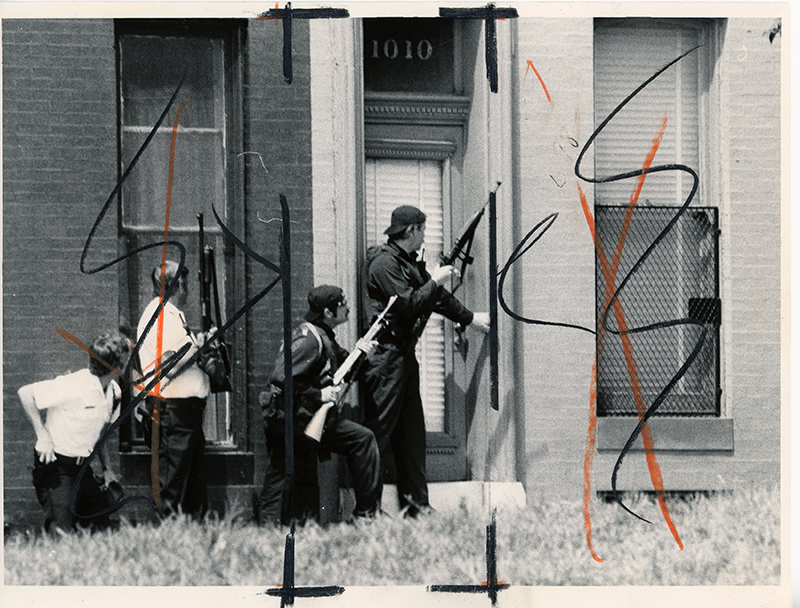
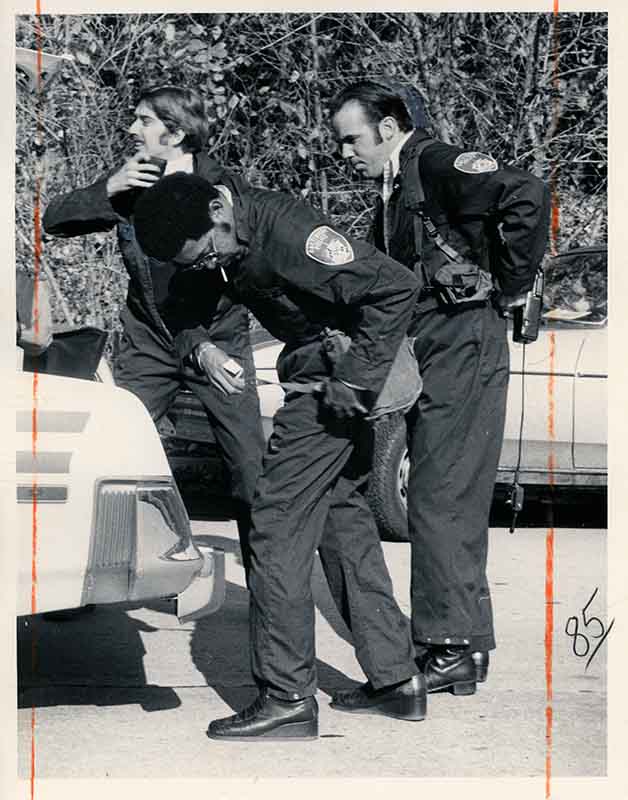


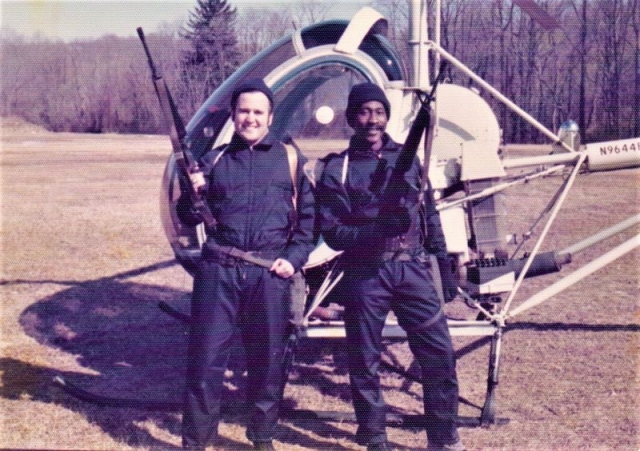 Sgt. Ed Schillo
Sgt. Ed Schillo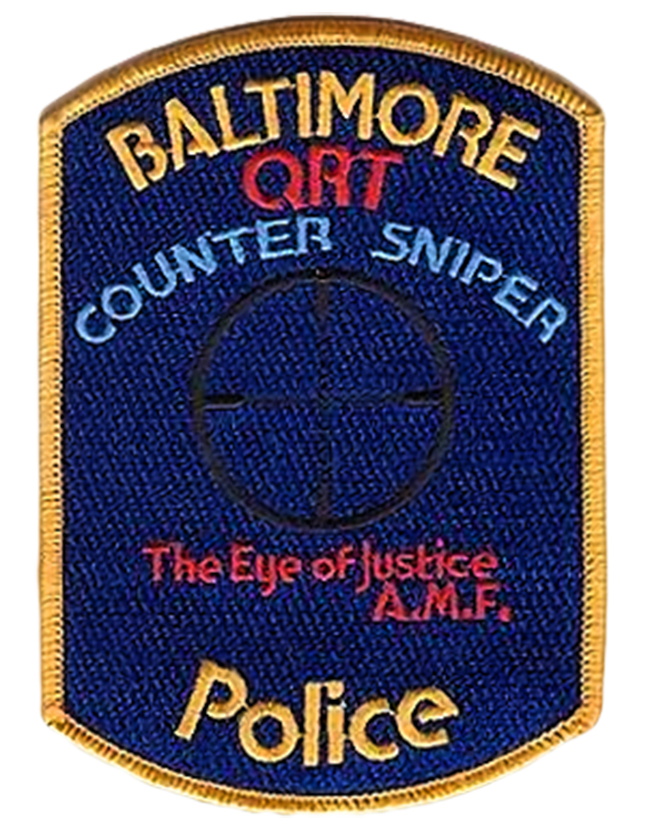
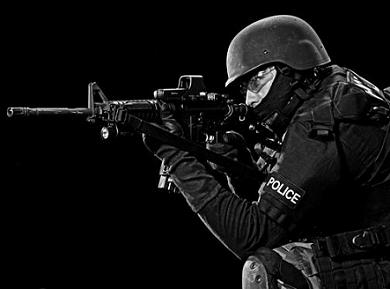
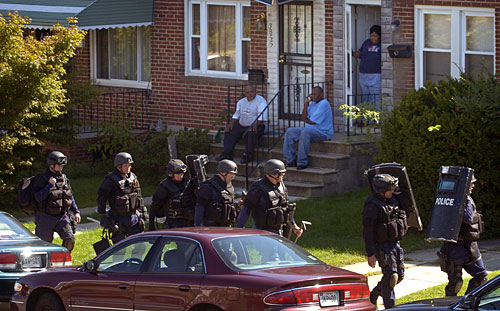

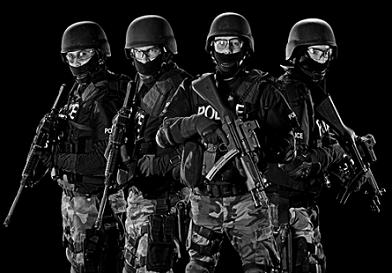
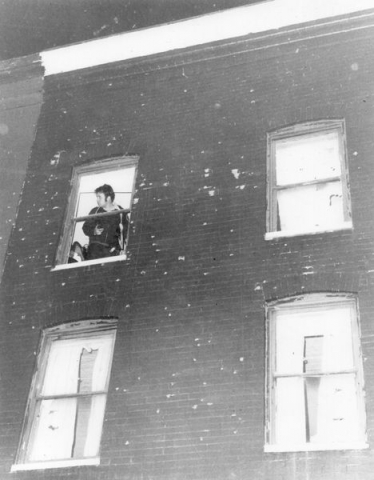
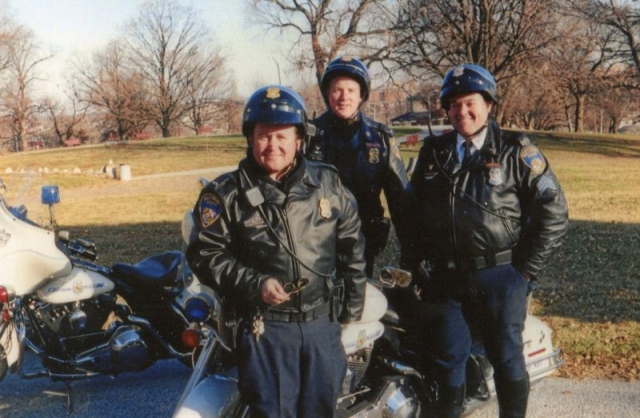
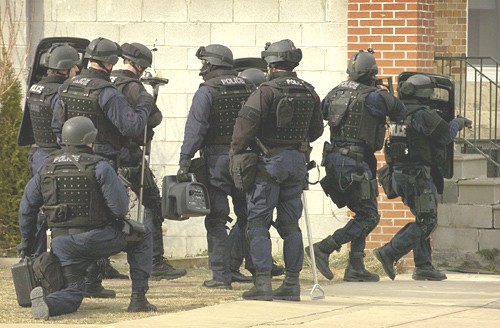
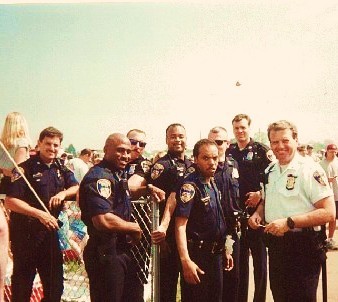
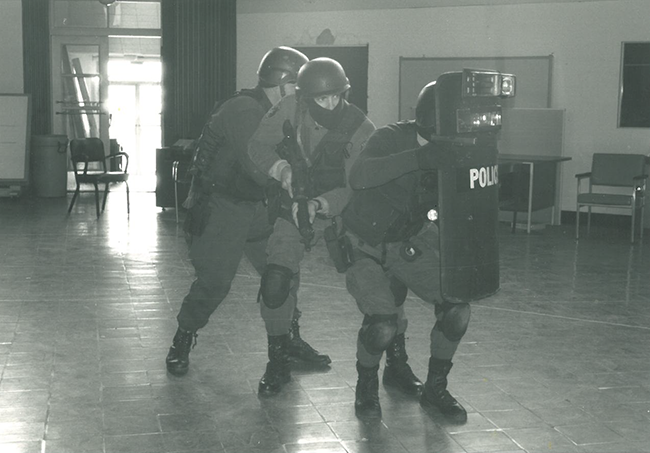

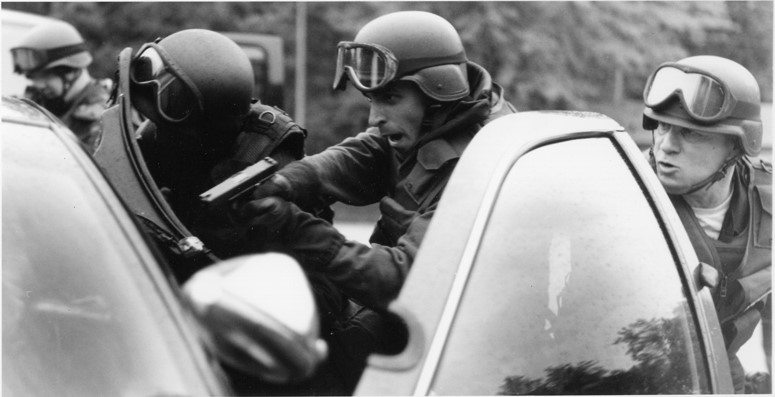
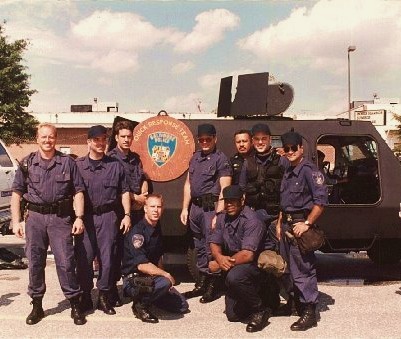
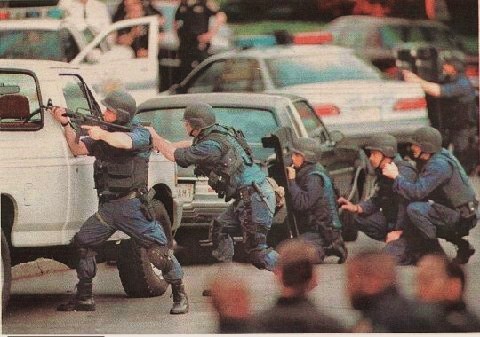

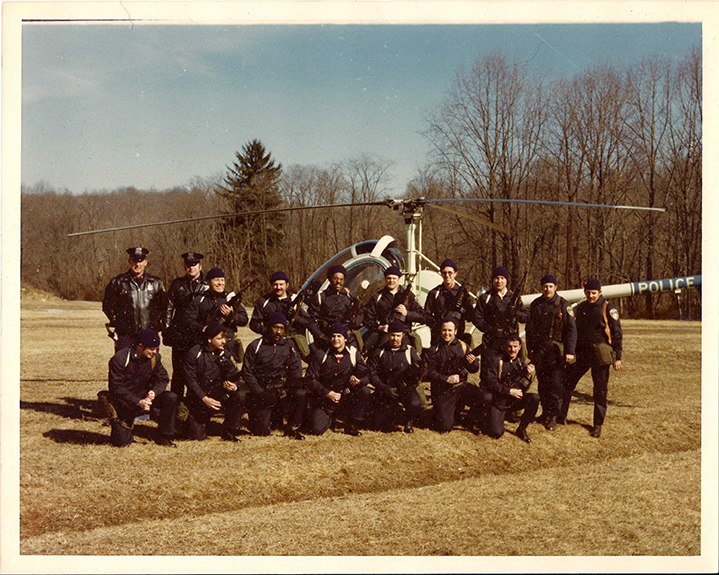
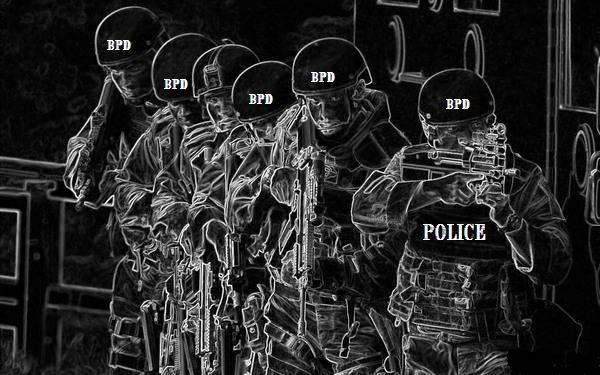
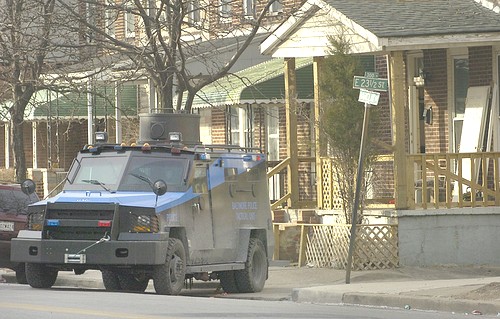
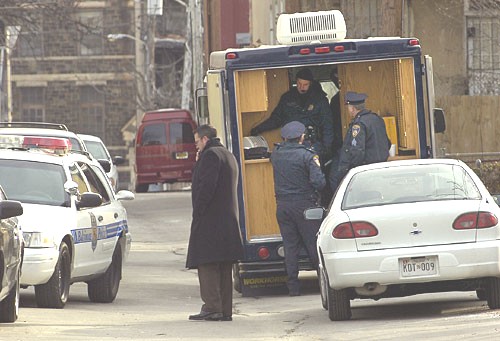
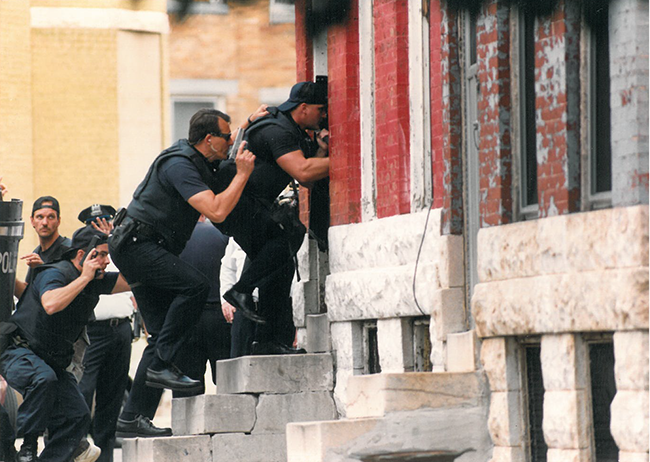
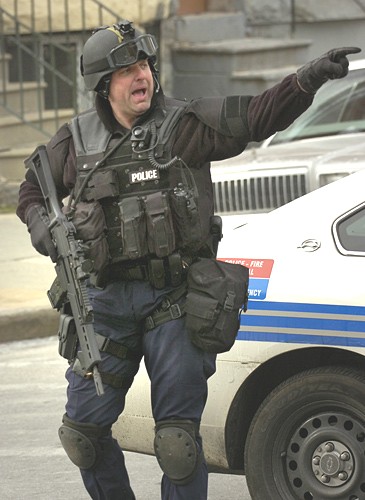


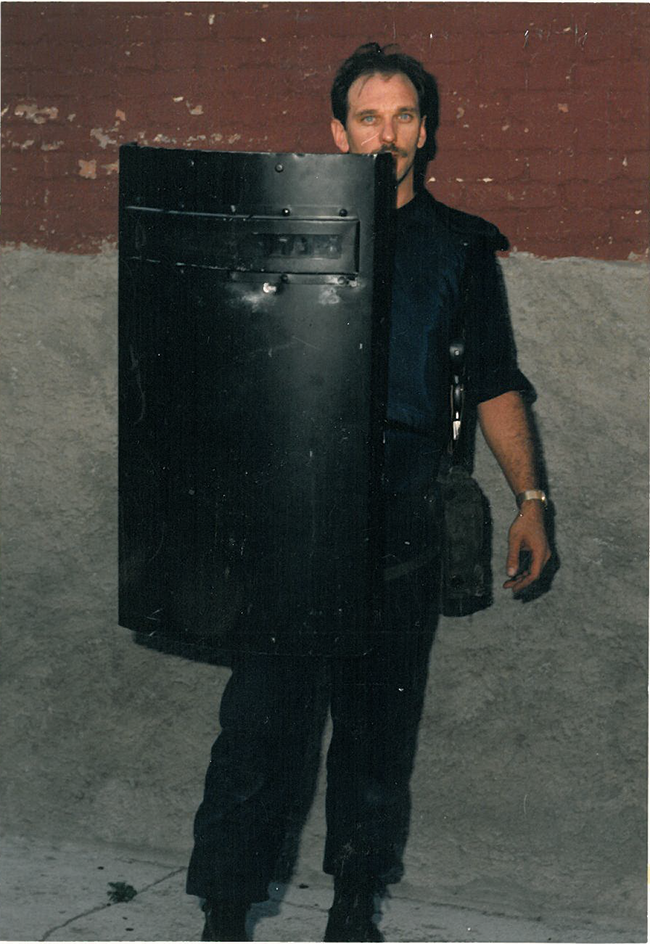

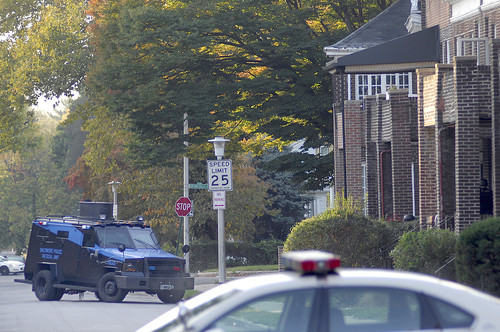
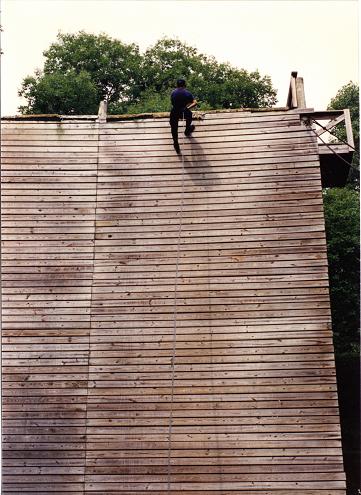

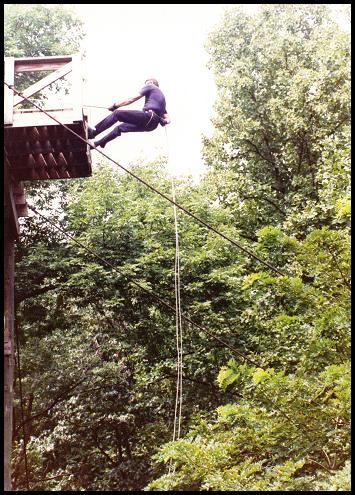
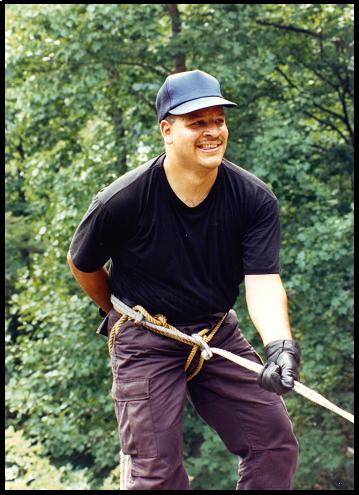

 Agt DeManss & Agt Schillo
Agt DeManss & Agt Schillo

































